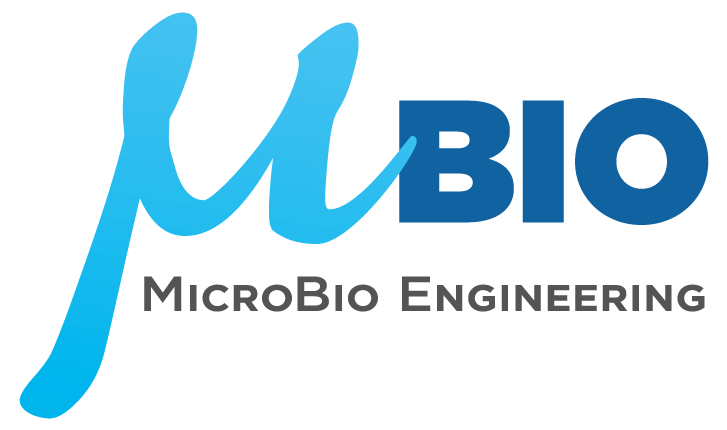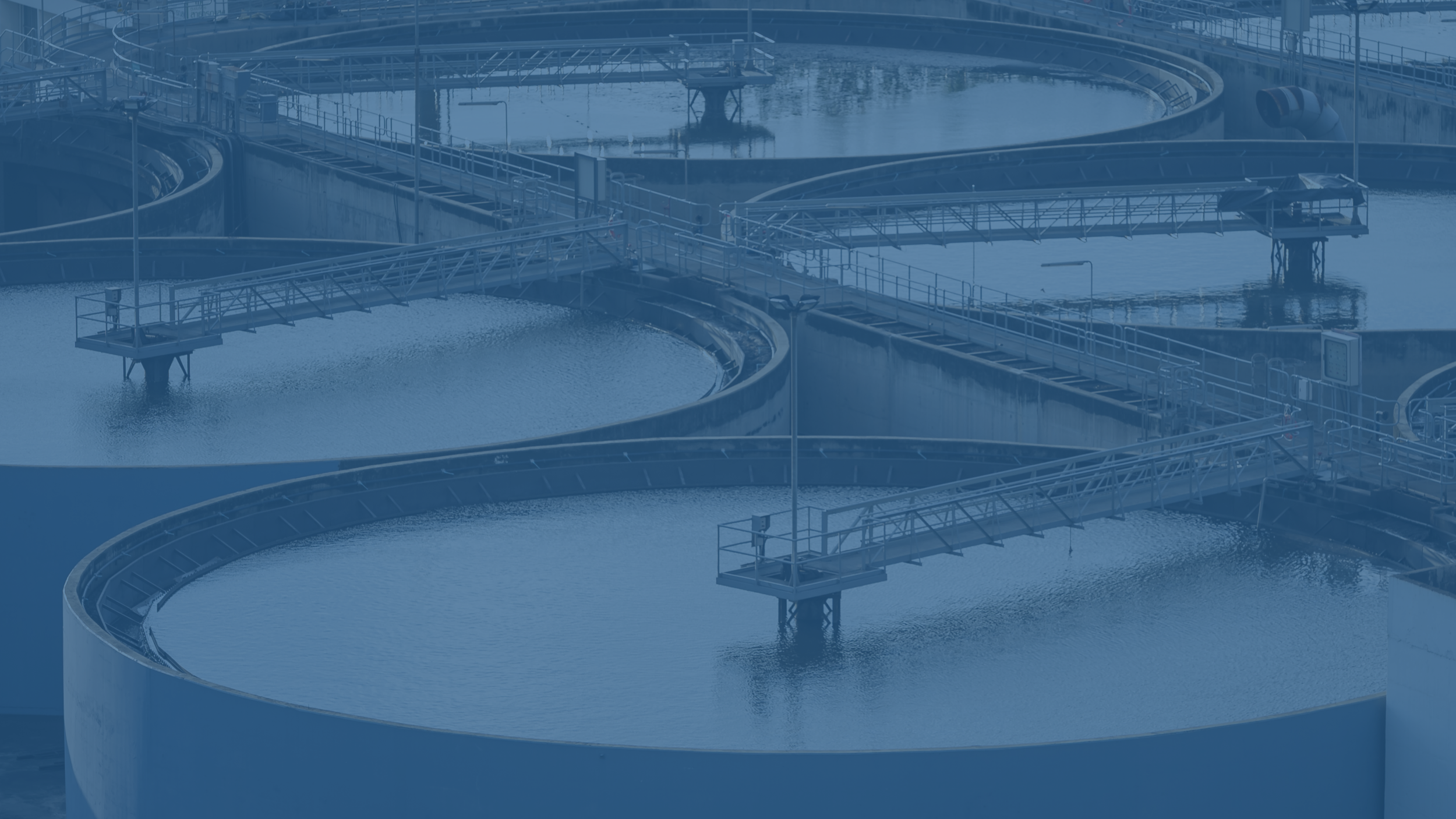MicroBio Engineering, Inc. specializes in the intersection of microalgae and clean water—with integrated nutrient removal processes (RNEW™ and PURA™) and ecological monitoring systems (Miraqua™)
General Wastewater Consulting Services
Upgrading, retrofitting, or replacing a wastewater treatment system can involve significant capital and operational costs, especially if the new system isn't well-suited to existing flows, water quality, or client needs. MicroBio Engineering, Inc. provides comprehensive consulting services to independently assess wastewater characteristics and recommend optimal treatment systems and processes tailored to each client. Our expertise spans multiple industries, including:
Winery and brewery wastewater treatment
Dairy wastewater treatment
Municipal wastewater treatment
Food processing wastewater treatment
Industrial wastewater treatment
Biosolids management
Solutions
RNEW™ is an innovative wastewater treatment process that utilizes open, mechanically mixed raceway ponds with paddle wheel mixing to enhance algal biomass cultivation. By supplementing municipal wastewater with CO₂, the system optimizes nitrogen removal while promoting oil-inducing algal growth. In sunny climates, RNEW™ offers significant cost savings, reducing total expenses by 60%-75% compared to conventional activated sludge treatment methods.
The PURA™ treatment process harnesses controlled algae cultivation to absorb excess phosphates before they can trigger harmful algal blooms, offering a sustainable alternative to conventional phosphorus removal methods. PURA™ achieves non-detect phosphate levels without added chemicals or high energy demands. The harvested algae can be repurposed as a slow-release fertilizer, transforming waste into valuable resources while mitigating ecological harm.
The Miraqua™ monitoring platform was developed to meet the need for a comprehensive, cost-effective solution capable of scaling from 100-liter tanks to 4-hectare ponds. It is powered by industrial-grade PLCs with custom in-house ladder logic, unlimited sensor integration, and advanced PID control. Ongoing development of a LPWAN battery-powered sensor network is expanding its capabilities for broader monitoring and data collection.







